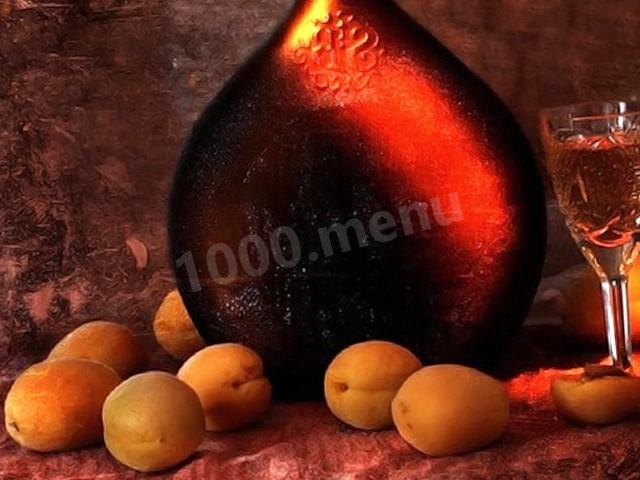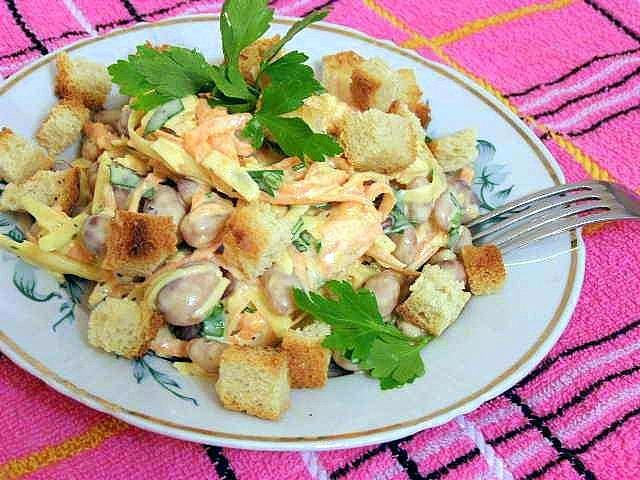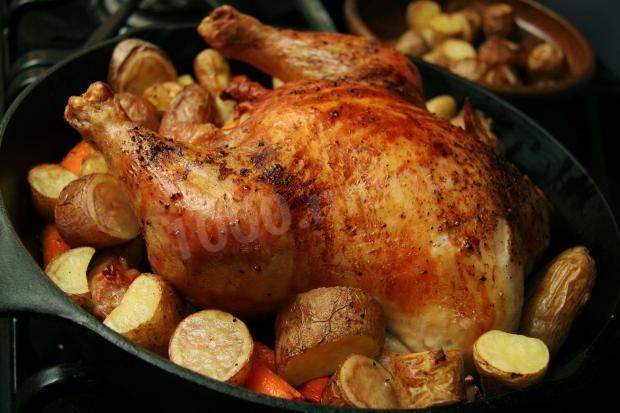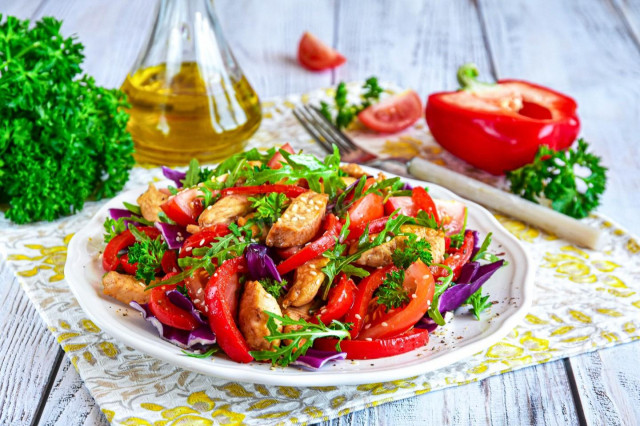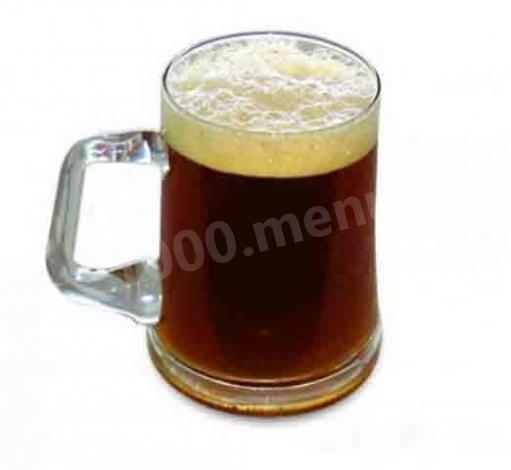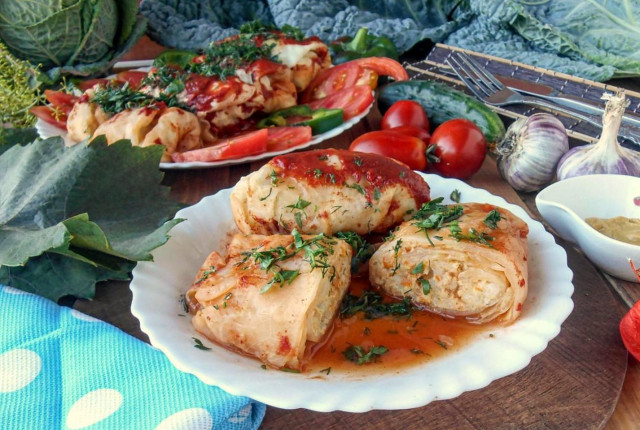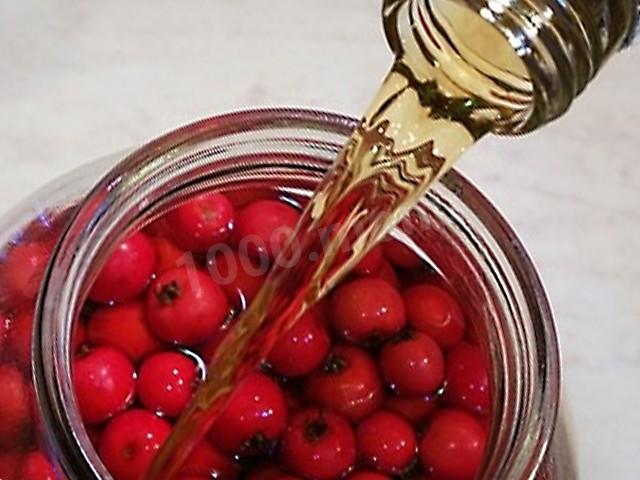Apricot wine
Composition / ingredients
30
Servings:
Cooking method
A very important role in the process of making apricot wine according to this recipe is played by the quality of the harvested fruits.
Overripe and damaged fruits are not suitable for making wine.
It is also not recommended to use apricots collected from the ground.
Collected ripe apricots should not be washed – it is better to wipe them with a dry clean cloth.
Then it is necessary to remove the seeds from the fruits and grind the apricots until a pulp forms.
Juice is squeezed out of the resulting pulp under a press.
Water is added to the squeezed berries and the resulting mixture is defended for about a day.
The squeezed juice is mixed with the resulting infusion, sugar is added (375 grams of sugar per 2 liters of juice).
Then we leave the juice to ferment in a warm place.
When the fermentation process ends, the finished apricot wine is filtered and bottled.
Apricot wine is stored in a cool darkened place.
Overripe and damaged fruits are not suitable for making wine.
It is also not recommended to use apricots collected from the ground.
Collected ripe apricots should not be washed – it is better to wipe them with a dry clean cloth.
Then it is necessary to remove the seeds from the fruits and grind the apricots until a pulp forms.
Juice is squeezed out of the resulting pulp under a press.
Water is added to the squeezed berries and the resulting mixture is defended for about a day.
The squeezed juice is mixed with the resulting infusion, sugar is added (375 grams of sugar per 2 liters of juice).
Then we leave the juice to ferment in a warm place.
When the fermentation process ends, the finished apricot wine is filtered and bottled.
Apricot wine is stored in a cool darkened place.
Caloric content of the products possible in the composition of the dish
- Granulated sugar - 398 kcal/100g
- Sugar - 398 kcal/100g
- Apricots - 46 kcal/100g
- Canned apricots - 50 kcal/100g
- Water - 0 kcal/100g

